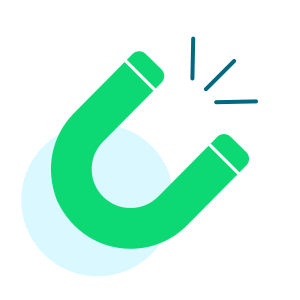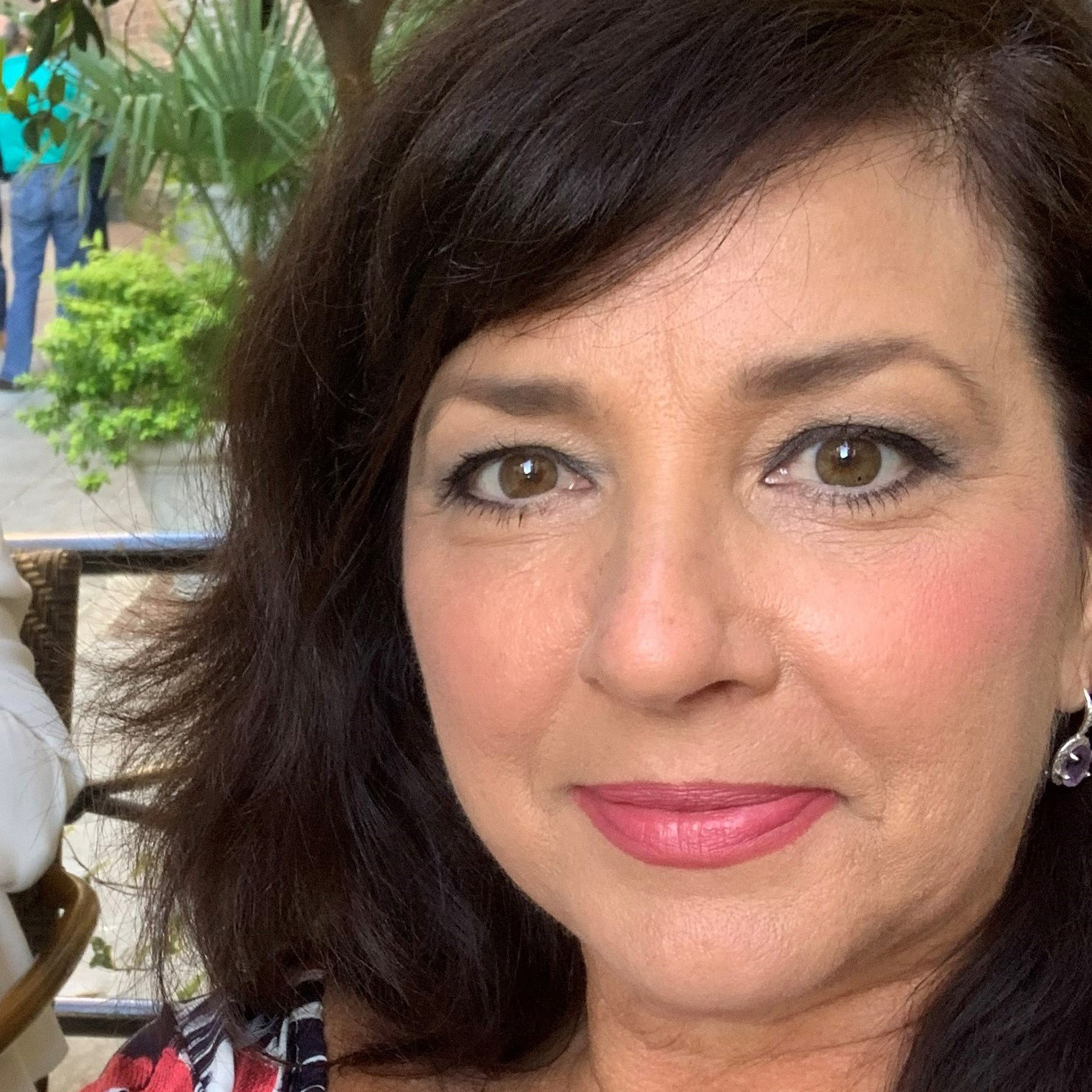10 Observations about the State of Fundraising Today

The resiliency of fundraising teams has been tested over the past few years; thankfully, organizations have been able to adapt despite tremendous uncertainty. However, based on data from the Blackbaud Fundraiser Performance Management™ community, 10 concerning trends have emerged from this time as well.
Your job is to understand how these challenges apply to your organization and to ensure you have a strategy to counter them.
![]() 1. Major gift donors are a scarce commodity.
1. Major gift donors are a scarce commodity.
Every fundraiser wants to land a major gift, but it is a challenge: 75% of the benchmark group’s constituents have given less than $100 cumulatively in their lifetime.
The strategy? Tap into technology to identify prospects with both the means and the motivation to give more. Your CRM database is your first and most effective source of potential major donors. From there, data intelligence can help you develop the best prospect profiles for your portfolio.
“I’m a huge believer in wealth analytics,” said Roger Castle, Chief Development Office, Los Angeles Regional Food Bank. “Really, the prospects are already there in your database. Wealth screening is a great way to bring the cream to the top.”
![]() 2. Your largest donors are getting older.
2. Your largest donors are getting older.
As the pool of major donors moves deeper into maturity, the time between identification and realization of major gift is getting longer.
The strategy? Expect to be in it for the long haul, with a plan for years of cultivation rather than months. Nurture your relationship with major gift prospects in meaningful ways, and on a regular cadence:
- Plan exclusive special events to show them what your organization does best – and your gratitude for their support
- Present videos and dashboards that help them visualize how their financial support provides your organization with the funds to do transformational work
Cultivating the relationship happens at every stage of the donor cycle, but once the potential major donor is in your portfolio as a prospect who has the capacity and inclination to donate, it’s time to cultivate the ask. Data analytics can lead you to an appropriate gift range.
![]() 3. Constituents begin wealth creation early.
3. Constituents begin wealth creation early.
Wealthy constituents begin to emerge in their mid-30s and giving tends to peak in the mid-60s to mid-70s, which leaves a critical gap when you could be leaving money on the table.
The strategy? Fundraising software powered by AI can provide the data insights to help you make the right ask at the right time of the right prospect.
 4. Fundraisers gravitate to known donors.
4. Fundraisers gravitate to known donors.
Nearly 80% of the 350K assigned prospects in the benchmark group have never been visited.
The strategy? Practice smarter portfolio management. According to Blackbaud data, the sweet spot for your fundraising portfolio is 120 prospects. Optimizing your list might require ruthless churning of familiar names. Keeping the “regulars” in your portfolio clogs your pipeline, preventing you from making contact with discovery prospects. Once you’ve settled on your best 120, let your CRM help you manage, track, and report on your portfolio.
![]() 5. There’s disinvestment in activity outside of major giving.
5. There’s disinvestment in activity outside of major giving.
With a 29% decrease in spending on annual giving and alumni relations, the competition for major donors is often accomplished at the expense of the very supporters who might one day become major donors. Most higher ed development teams, for instance, have a donor pipeline that looks something like this:
- Alumni relations: Engage the masses
- Annual giving: Educate engaged alumni on why the institution is worthy of their financial support
- Major giving: Deliver personalized attention to donors with the capacity and affinity to give a major gift
Limiting resources to the first two levels can create a disjointed experience for donors and a leaky pipeline for you.
The strategy? Bridge the gap between annual giving and major giving by developing a leadership annual giving program. A textbook example is the President’s Circle, with membership (and perks) starting at $1,000. Notice that this amount is the threshold for major giving, too, so it does double duty as a qualifying donation for your major gift program.
 6. Outcomes don’t scale with spending.
6. Outcomes don’t scale with spending.
A 380% increase in spending on major giving only equates to a 5% increase in major gifts per fundraiser.
The strategy? Invest in predictive models to find those most likely to give, mixed with appended wealth information. Segment only the best-fit prospects for your next campaign.
“Costs are important for all nonprofits,” said Cassie Chilcutt, Prospect Research Manager for the Grand Canyon Conservancy. “Using data in a strategic way helps us save time and money that can go back to support our mission.”
 7. Leadership overestimates the role of fundraisers.
7. Leadership overestimates the role of fundraisers.
Blackbaud Fundraiser Performance Management™ found that 46% of major donors were contacted by a gift officer only within the previous 90 days before their major gift was donated. This implies that gift officer influence is actually quite limited.
The strategy? Prioritize substantive contacts. Fundraisers who perform in the “average” range make 95 visits. By comparison, those who are considered top performers make 130 substantive contacts. This does not have to be an in-person visit to be effective. A meaningful phone call can increase your velocity toward a closed gift.
 8. Management practices are lacking.
8. Management practices are lacking.
Most relationship managers in the benchmark group are struggling to meet their visit goals; two out of three are not making even one visit per week.
The strategy? Make management expectations crystal clear. Focus on fundraiser metrics that are:
- Achievable
- Focused
- Easily reviewed by gift officers (and their managers)
- Based on the gift officer’s role, tenure, experience, and portfolio
Pay particular attention to experience and tenure. Blackbaud data shows that recently hired major gift officers—meaning, on your roster for less than 24 months—will be at peak performance if they complete 75 visits per year. It is counterproductive to pile on pie-in-the-sky visit goals that are more suited to seasoned veterans.
![]() 9. The giving vehicles of top donors are in flux.
9. The giving vehicles of top donors are in flux.
Major donors are moving their assets into specialized philanthropic vehicles, a shift that presents a risk to the traditional constituent/institution relationship.
The strategy? Keep your attention on the person behind the charitable vehicle. If a supporter is interested in a Donor-Advised Fund, for instance, they are not suddenly a depersonalized account. They’re a human being—more to the point, a philanthropic-minded human being! Solicit DAFs strategically, continue to build personal relationships with supporters, and help your donors feel empowered to give generously in any format.
 10. “Next Gen” philanthropy is here.
10. “Next Gen” philanthropy is here.
With five generations living and working together today, there are new philanthropic trends emerging. This could be a disrupter to traditional fundraising.
The strategy? Embrace the fresh ideas of Gen Z and millennials:
- They believe in mutual accountability
- They make giving decisions based on their values and the equity of your programs.
- They do their homework. They will research your operations, your budget, and your outcomes.
- Next Gen donors often seek to take an active role in restructuring any system that is not serving the needs of your community.
If you’re finding yourself with enthusiastic young donors who actively offer support beyond their check, that’s not a troubling shift. We’d call that a dream scenario for your mission.
Unsettling as change can be for a fundraiser, these 10 observations might challenge your existing practices so much that they nudge you to establish the next evolution of fundraising at your organization. If there was ever a perfect time to decide what to enhance, what to reinvent, and what to eliminate, now is that time.
Source: The data contained in this infographic is from the Blackbaud Fundraiser Performance Management community of about 150 institutions.
This article has been updated from its original May 2023 version.

